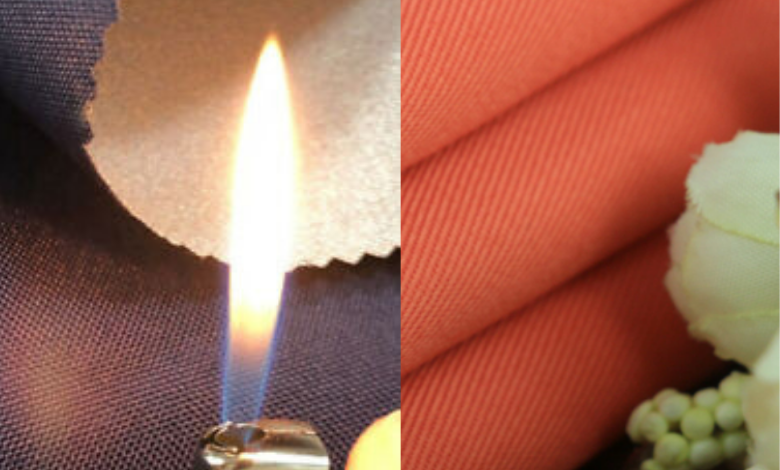What do you know about IEC 61482 Certification

What is the best way to explain the IEC 61482 standard?
Protective textiles that defend against fire are evaluated to verify their quality under this standard. These calculations are largely thermal and electrical in nature since the fabric must function under the same conditions. Both at work and at home, short circuits and fires are typical occurrences.
Many tests have been performed to assure that these materials won’t fail when they’re required the most. When we put this fireproof fabric through these tests, its flaws become obvious, allowing us to establish if it is suitable for both fire and electric protection. There would be no check and balance if these standards did not apply because people would cut corners to purchase cheap textiles that were harmful to use. In a word, these materials save lives, and without the IEC 61482 Certificate, distinguishing between good and poor fabrics would be impossible.

What is the procedure for obtaining this certificate for a fabric?
Fabric testing is carried out while the fire is burning. All of the defects in the cloth are revealed when it is touched closely. The cloth must also protect the wearer’s skin. The body is not harmed by hot buttons, zippers, or other garment components. Furthermore, if zippers and buttons are used, they should be constructed of materials that are both fire and electrically resistant. In the event of a fire or electrical exposure, the flame retardant fabric should not melt. These textiles can protect the majority of unprotected flesh from burns when worn. A 20-cm overlap between the jacket and the pants is required for all procedures. Only fire protective textiles are permitted in clothing.
Arc testing methods
Test 1-1, Part 1 Method 1: These formulas may be used to determine the arc rating of a flame retardant material or textile (ATPV or EBT50). In the same open-arc drill, ATPV and EBT were identified. An arc rate of cal/cm2 is recorded as the first result. According to EN IEC 61482, the material is deemed good grade if its thermal insulation capability surpasses its arc strength. Otherwise, the cloth would start to burn and eventually become useless. You may create a safer and risk-free atmosphere by eliminating low-quality materials. The better the cloth’s quality and weight, the more security it offers.
EBT generally entails sewing the wearer’s cloth to make it less flammable while being comfortable. The ATPV or EBT rating system will never tell you which Flame Resistant fabric is the best. They are well-known for their practicality. The energy breakopen threshold is the amount of energy released by a material that opens up 50% of its volume (EBT). The free break determines a minimum open space of 1.6 cm2. The higher the value, the greater the level of protection.
In IEC 61482, proper heat transport is crucial. The fabric’s heat transfer capability influences the fabric’s protection. ATPV and EBT can be evaluated on a single person or many layers of material. When several layers are compared, the result is better than if only the content is measured. This is due to the insulating and safety consequences of trapped air in the material.
IEC 61482-1-1 specifies the Open Arc Test Method. It determines the Arc Thermal Protection Value of the garment (ATPV level). The main assumption is that the ATPV of the garment must be higher than the anticipated Arc Flash energy level.
Calories per square meter are used to calculate the Arc Rating (Calories per centimeter square).
What more should you know about these documents?
This standard is widely used in the United States of America. Researchers use this common approach to find the ATPV or EBT50. The ATPV value is the percentage of safety that is guaranteed throughout the second combustion step. The purpose of the fireproof textiles Specification is to offer value and protection to the product. Workers in the United States who wear textiles must have an ATPV rating of at least 8 when exposed to electrical arc dangers.
Purchasing and purchasing textiles that do not adhere to these specifications may be illegal. Furthermore, putting people’s lives at peril for the sake of a few dollars is not only immoral but also unethical. Spending a few more dollars on IEC 61482 Certified textiles is preferable to risking an incident and putting lives in danger.
It’s important to keep in mind that the IEC 61482-2 standard does not include the risk of electric shock. Other standards that address similar risks can be used in conjunction with IEC 61482-2. Proper heat transmission is crucial in EN IEC 61482. The heat transmission efficiency of the cloth determines its protection. Both ATPV and EBT can be evaluated on a single layer of the chemical or many layers. When you test different layers instead of simply the content, you get a better outcome. This is because trapped air in the material has insulating and safety qualities.




